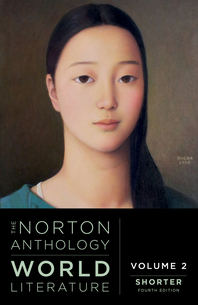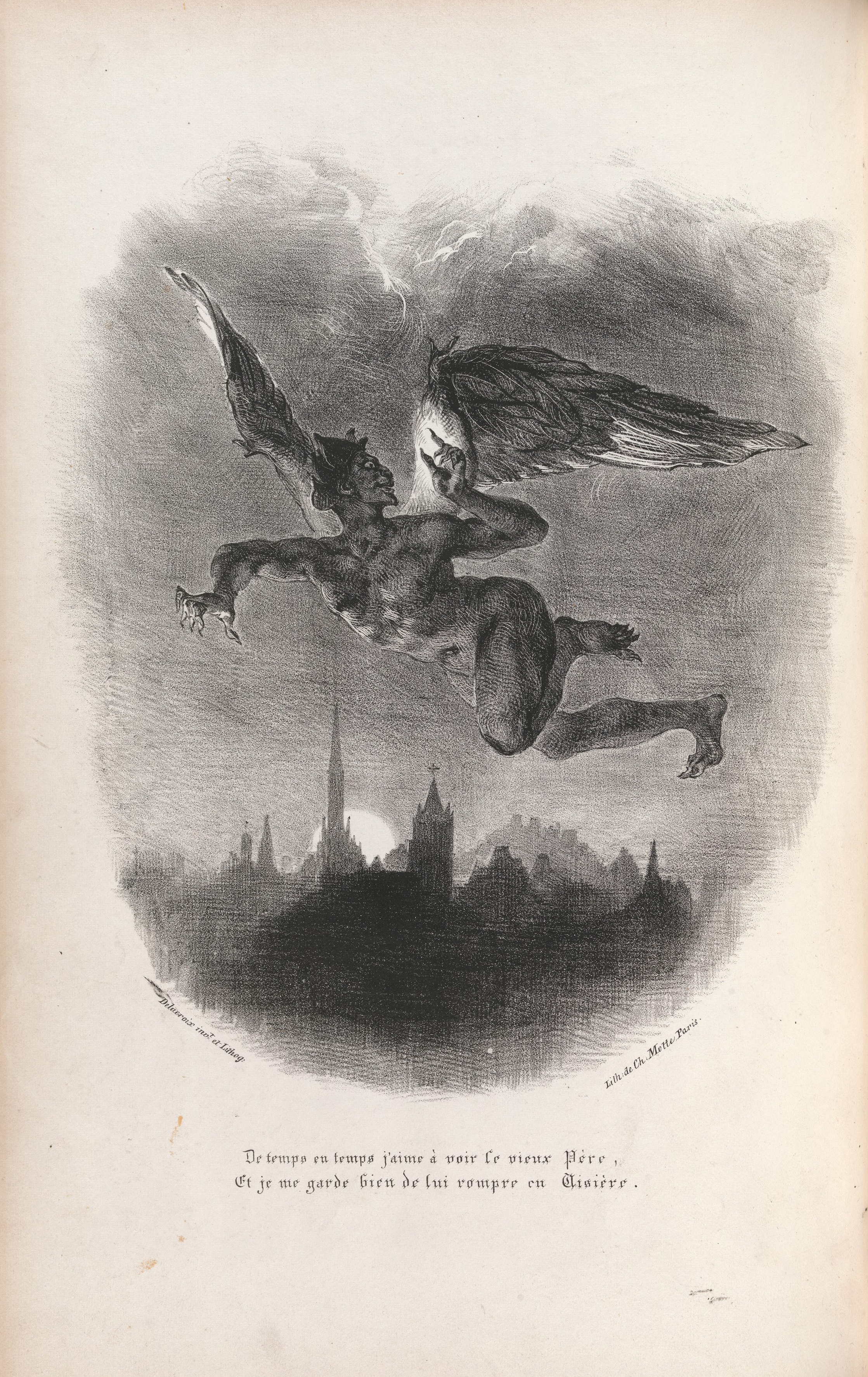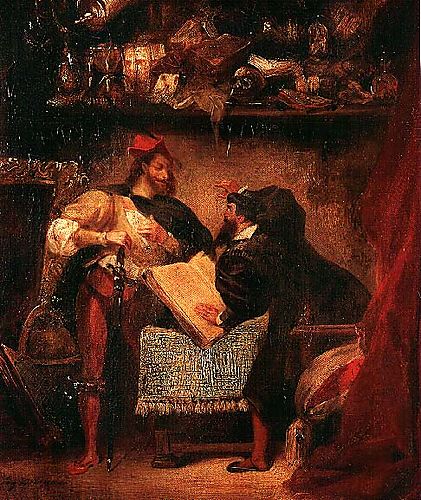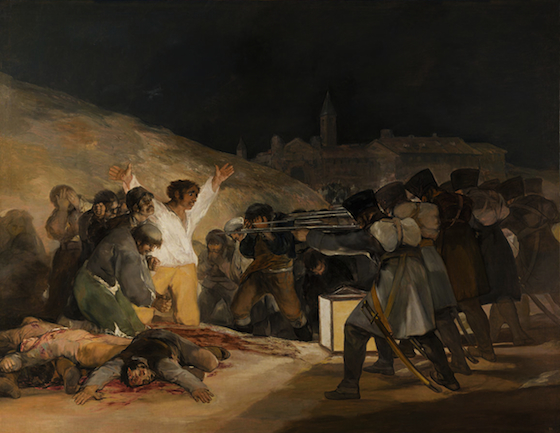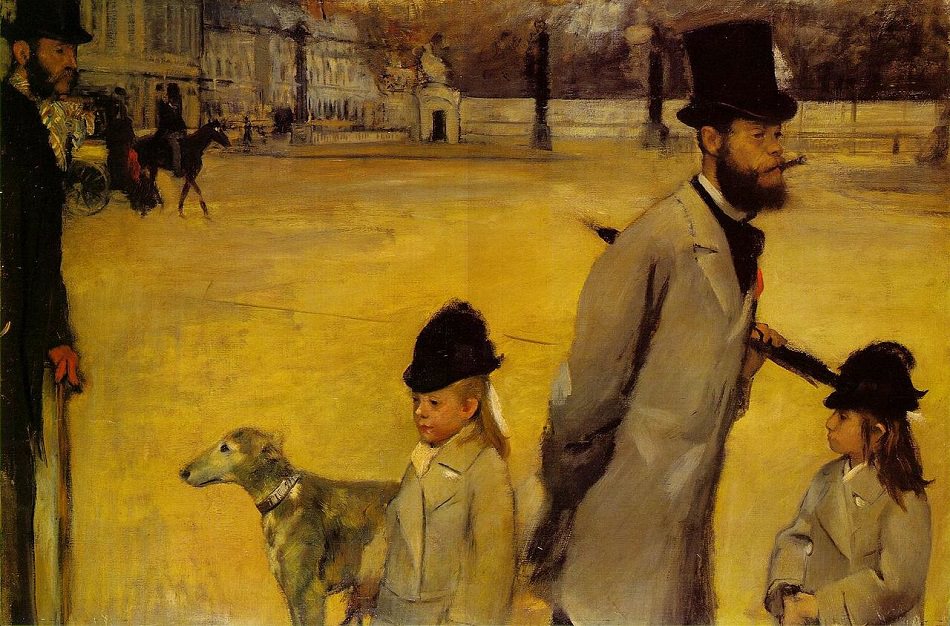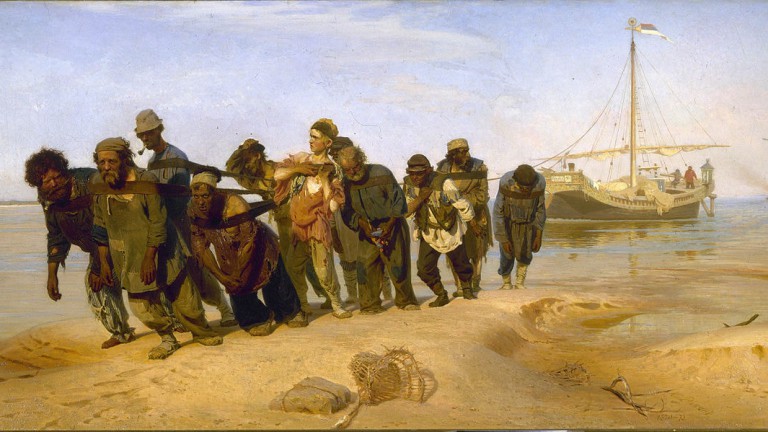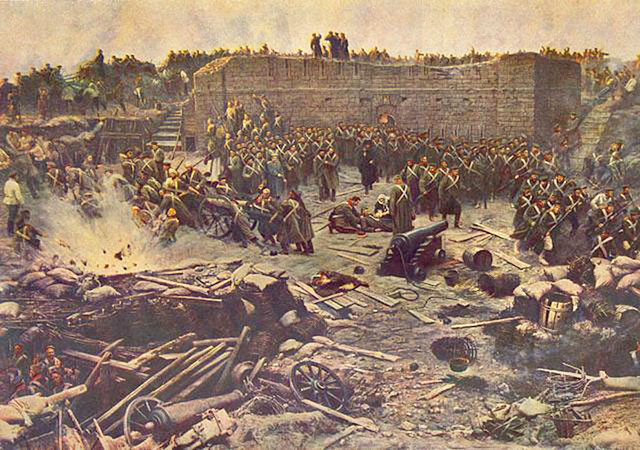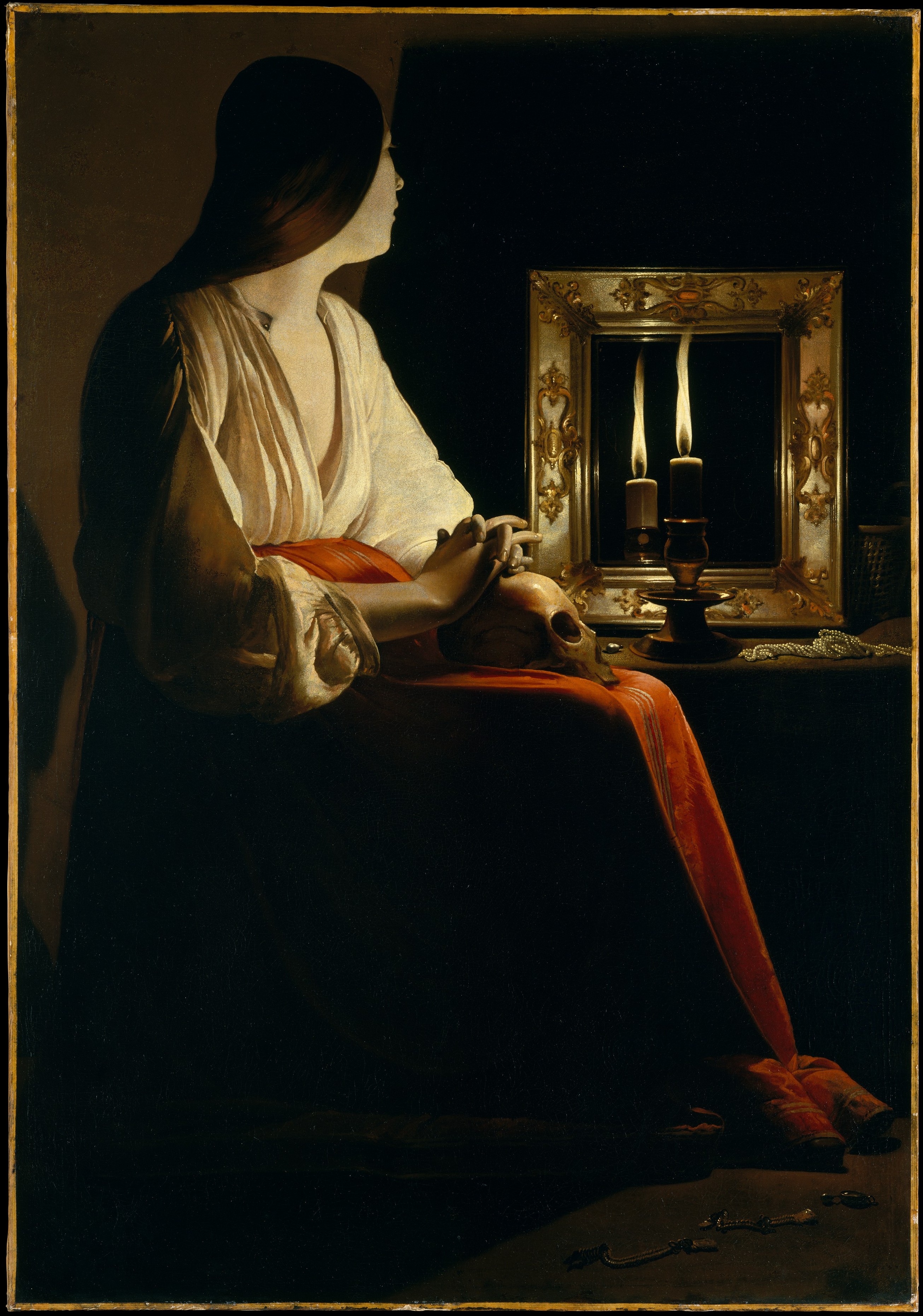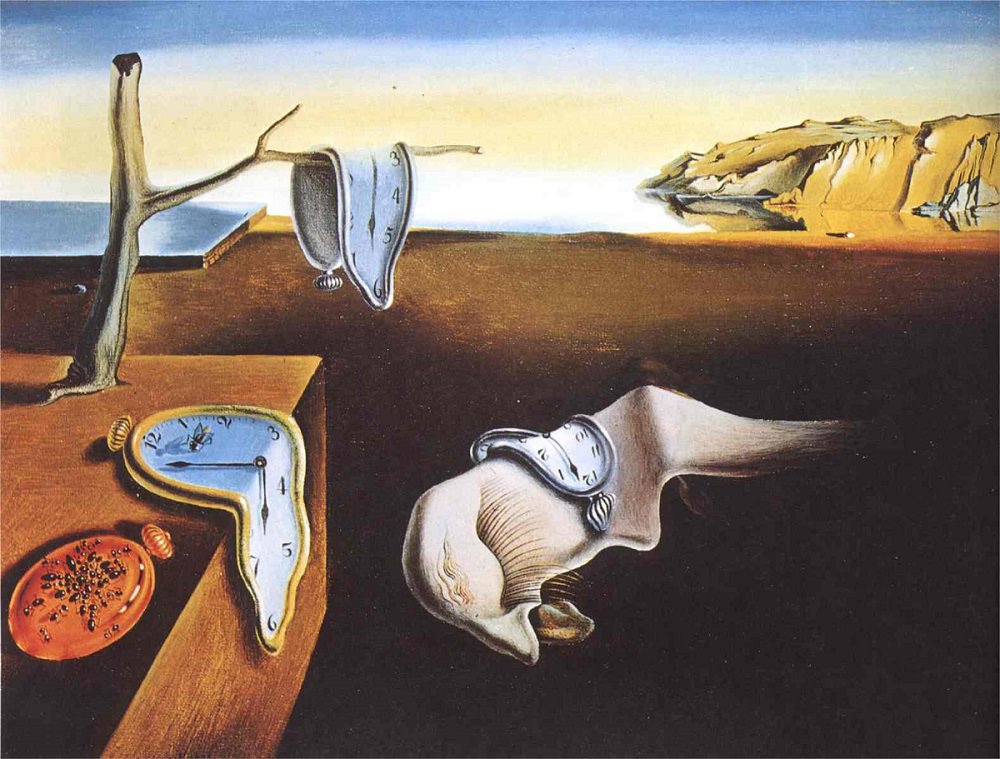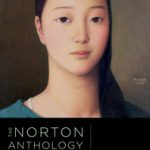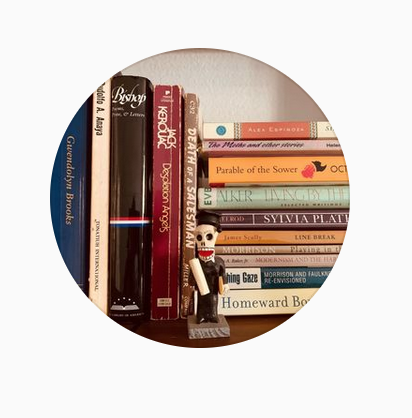English 221/Survey of World Literature II
* Please note that you don’t need to have taken English 220 (the first half of the World Literature survey class) in order to take this class.
English 221 is a survey or overview of some of the more significant texts produced in Europe, the Americas, Asia, and Australia from about 1660 to the present day. During our semester together, we will read, analyze, and discuss a variety of texts (both canonical and non-canonical) in order to sketch out a basic understanding of some of the key authors, texts, trends, and historical and cultural contexts that have shaped world literature. The class will be organized around the various movements within literary history, so we can attempt to understand the historical shifts and cultural conditions that surround the works of literature that we will read.
Some of the questions we will be asking include:
- What are some of the significant themes, genres, and archetypes in these texts?
- Who were some of the major authors in each of these periods?
- What historical, cultural, religious, and social conditions and concerns influenced writers in each period?
Our books will be the following:
- “English 221 Lecture Notes” (available only at the Palomar Bookstore)
- Norton Anthology of World Literature, Volume 2, Shorter 4th Edition
Audio Glossaries:
- The Norton Anthology website has audio glossaries located here so you can look up the correct pronunciation of words
Unit I: Literatures of Early Modern East Asia:
- Kintsugi

- Cherry blossom trees in Japan
- Portait of Basho:
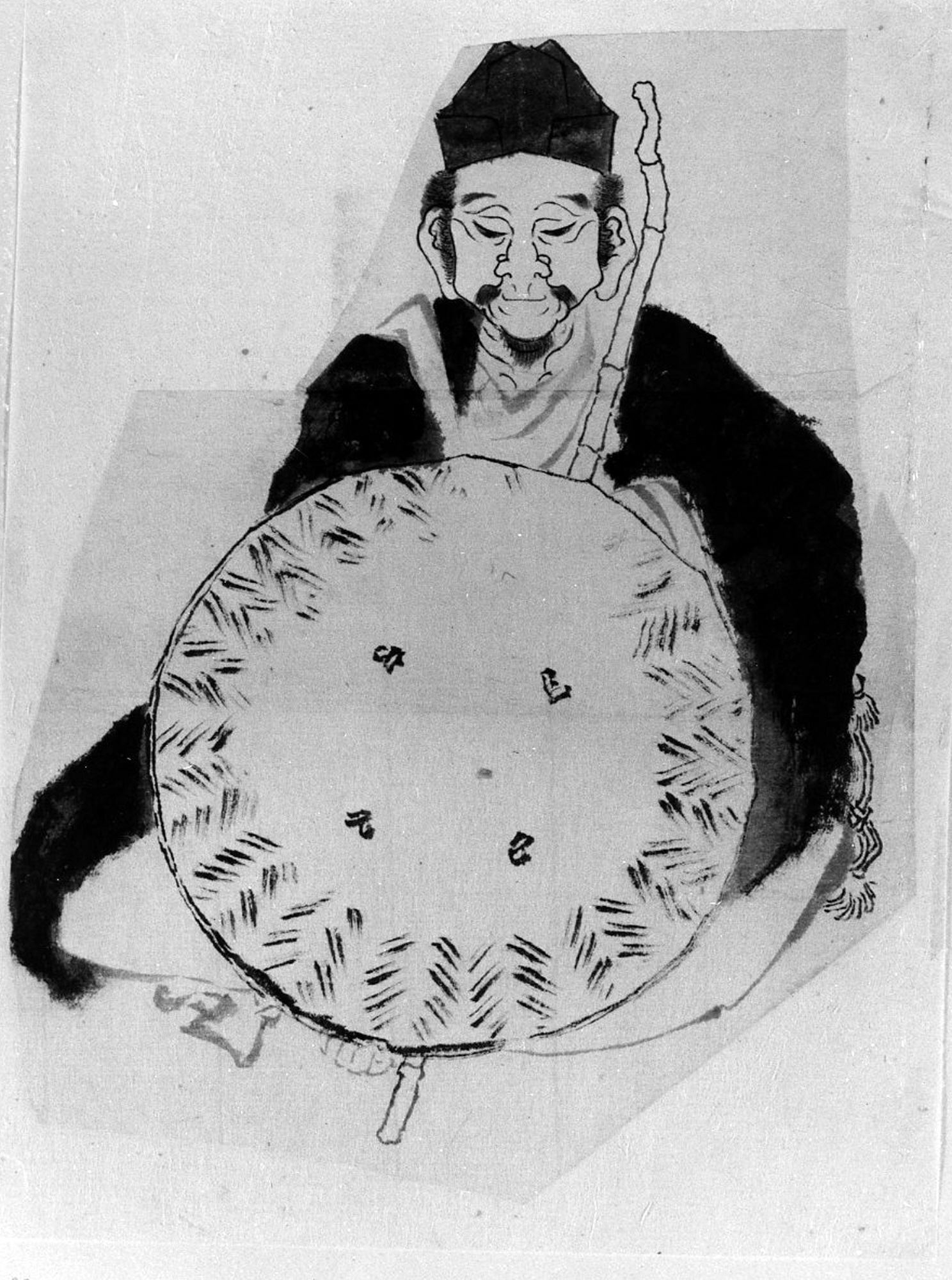
- Poetry painting by Basho:
 Scene from The Narrow Road to the Deep North:
Scene from The Narrow Road to the Deep North:
Unit II: The Enlightenment in Europe and the Americas:
- Painting entitled “Molière Reading Tartuffe at Salon of Anne ‘Ninon’ de l’Enclos” by Nicolas Andre Monsiau

- Molière’s petitions to King Louis XIV and his Preface to the play
- Full versions of Molière’s Tartuffe:
- Performed by the Royal Shakespeare Company in 1983
- Performed by the Commonwealth School (1 hour and 41 minutes)
- Performed by SOTA Music (1 hour and 37 minutes)
- Short film (16:44) on “Molière and the Comédie-Française”:
- Reading (in English) of Voltaire’s “Poem on the Disaster of Lisbon”
- Voltaire’s estate at Ferney:
Unit III: An Age of Revolutions:
- Study guide for Goethe’s Faust
- Renee Fleming sings Schubert’s “Gretchen am Spinnrade” (based on “Gretchen’s Room”)
- BBC article called “What the Myth of Faust Can Teach Us”
- Eugène Delacroix’s 1828 lithograph of Mephistopheles:
- Eugene Delacroix’s painting of Faust and Mephistopheles:
- Baudelaire’s Paris
- The Cure’s “How Beautiful You Are”
- Article from The New Republic called “How Baudelaire Revolutionized Modern Literature”
- Article from France’s CNRS news called “Why Baudelaire Continues to Fascinate Us”
- Article from The Irish Times called “How Charles Baudelaire Became France’s First Rock Star”
- The Emily Dickinson Museum website
- Information about Dickinson’s famous white dress
- Another short article about her white dress
- Short bio video called “The Poetry of Emily Dickinson: Crash Course English Literature #108”
- The Emily Dickinson Lexicon — ” a comprehensive dictionary of over 9,275 words and variants found in the collected poems”
Unit IV: At the Crossroads of Empire
- Resources coming soon
Unit V: Realism across the Globe
- Realism in Paintings:
- Francisco Goya’s The Third of May, 1808 in Madrid, painted 1814-1815:
-
- Degas’ Place de la Concorde, painted in 1875:
Ibsen:
- Norweigian composer Edvard Grieg’s Peer Gynt Suite No. 1 (1875)
- Providence College’s 2011 production of Hedda Gabler
Tolstoy:
- An article on the use of patronymics in Russia
- Tolstoy as an officer in the Crimean War:
- Tolstoy and his wife Sofya, taken about six weeks before his death in 1910:
- 2019 article about Tolstoy’s death called “Tolstoy Ghosted His Wife Then Up and Died”
- Russian Realist artist Ilya Repin’s painting depicting Russian serfs called Barge Haulers on the Volga (1870–1873):
- Painting by Franz Roubaud of the Siege of Sevastopol (1901) in the Crimean War:
Unit VI: Resources on Modernity and Modernism, 1900–1945:
- German Expressionism in Otto Lange’s Crucifixtion II (1918):
- Salvador Dali’s 1931 painting The Persistence of Memory:
- Photo of Prague:
- Free audio book of Kafka’s The Metamorphosis on Spotify
- Funny “news” story from The Onion called “Prague’s Franz Kafka International Named World’s Most Alienating Airport”
- Link to The Kafka Museum in Prague
- “What Makes Something ‘Kafkaesque?'” TED Ed Talk by Noah Tavlin
- The Goethe Institute in Prague’s adaptation of The Metamorphosis into a VR game, in which the player “step[s] into the shoes of the protagonist.”
- Video “Modernism and Woolf’s Mrs. Dalloway” (5:18 minutes)
- Virginia Woolf’s “The Mark on the Wall”
- BBC article and recording of “The Only Surviving Recording of Virginia Woolf
- Reading of Yeats’ “The Second Coming” poem
- Yeats reading his own poem “The Second Coming”
Unit VII: Post-War and Post-Colonial Literature, 1945–1968:
- The Existentialism Primer website
Unit VIII: Resources on Contemporary World Literature:
- Leslie Marmon Silko’s 1993 essay in the LA Times “Yellow Woman and a Beauty of the Spirit”
- Leslie Marmon Silko’s essay “Interior and Exterior Landscapes: The Pueblo Migration Stories”
- Interview with Leslie Marmon Silko on “How to Connect to Nature, Even in the City” (5:08 minutes)
- Jamaica Kincaid’s reading of “Girl” (4:01)
- Bret Anthony Johnston’s story “Boy,” which is a response to “Girl”
- Chimananda Ngozi Adichie on the influence of Chinua Achebe on her work (a news interview from 2013 on the occasion of Achebe’s death) (4:42)
- Chimamanda Ngozi Adichie’s 2009 TED Talk “The Danger of a Single Story”
- Chimamanda Ngozi Adichie’s 2012 TED Talk “We Should All Be Feminists”
Writing Resources:
- Sample literary analysis essay from the MLA website (on Jane Austen’s novel Mansfield Park)

